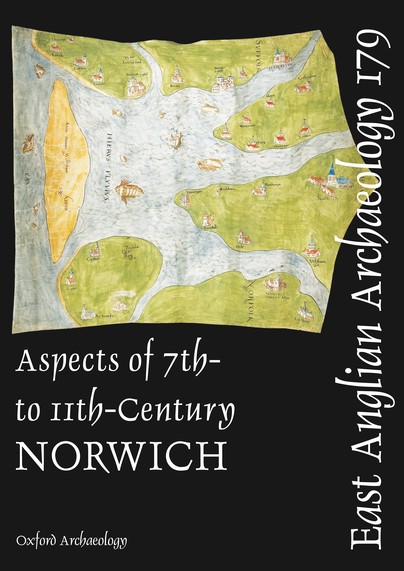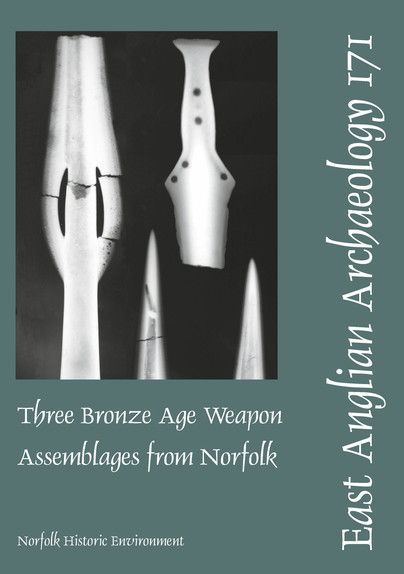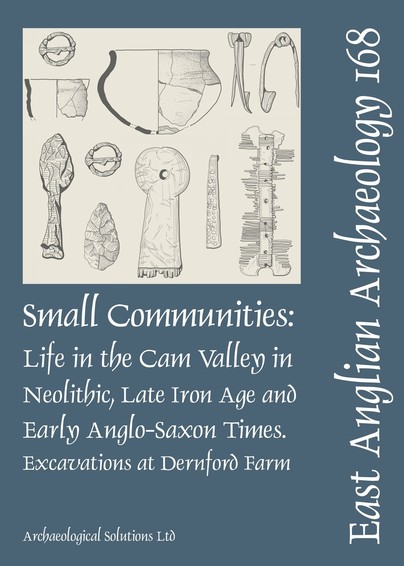
Format: Hardback
Pages: 1100
ISBN: 9780956874788
Pub Date: 08 May 2024
Imprint: East Anglian Archaeology
Series: East Anglian Archaeology Monograph
Illustrations: 700
Description:
In 1979, a pipe trench at the military airbase RAF Lakenheath in the historic parish of Eriswell, Suffolk, revealed the presence of possible inhumation graves of the Early Anglo-Saxon period not far from the group of 33 burials excavated in the 1950s and published as the cemetery of Little Eriswell. Extensive redevelopment starting in the late 1990s led to the excavation of what appears to be a remarkable group of three discrete but contemporary burial grounds in close proximity, here labelled the West, Central and East sites — the latter including the Little Eriswell graves. While it is not certain that the Central and East burial grounds are fully separate, these two areas do differ markedly in layout and focus and in aspects of grave furnishing.
















